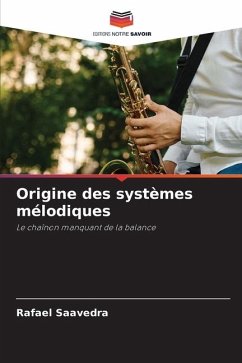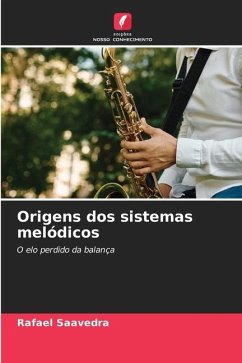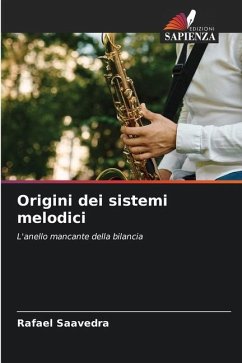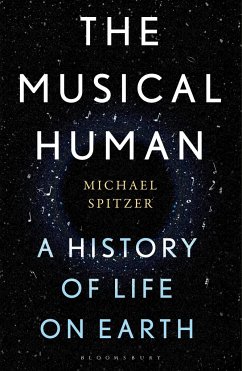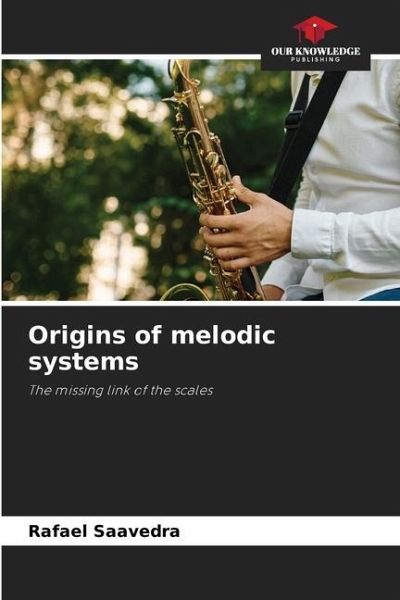
Origins of melodic systems
The missing link of the scales
Versandkostenfrei!
Versandfertig in 6-10 Tagen
40,99 €
inkl. MwSt.

PAYBACK Punkte
20 °P sammeln!
There is a restlessness in all of us who have been through music history courses, both students and teachers. It is enough to observe a model of scales that we know from all the textbooks, chapter Greece (that of Homer, Pythagoras, Aristotle) and another of the ecclesiastical ranges of the so-called medieval period (the Europe of Gregory the Great, Ambrose of Milan, Guido of Arezzo).Both models are totally different. Another question then arises: Where and when did the change take place? What was the reason for it? Within these concerns were born hypotheses and postulates that attributed this ...
There is a restlessness in all of us who have been through music history courses, both students and teachers. It is enough to observe a model of scales that we know from all the textbooks, chapter Greece (that of Homer, Pythagoras, Aristotle) and another of the ecclesiastical ranges of the so-called medieval period (the Europe of Gregory the Great, Ambrose of Milan, Guido of Arezzo).Both models are totally different. Another question then arises: Where and when did the change take place? What was the reason for it? Within these concerns were born hypotheses and postulates that attributed this difference to conceptual errors: Whose fault was it? Was it the musicians? The treatise writers? The historians?The concern is legitimate since we are dealing with musical schemes that are still as valid and generalized as they were forty thousand years ago. The present work was the result of a research effort motivated by these concerns that have left a gap in the historical and evolutionary sequence of the most important expressive medium that music has possessed since it existed as a conscious manifestation of humanity: melody.





